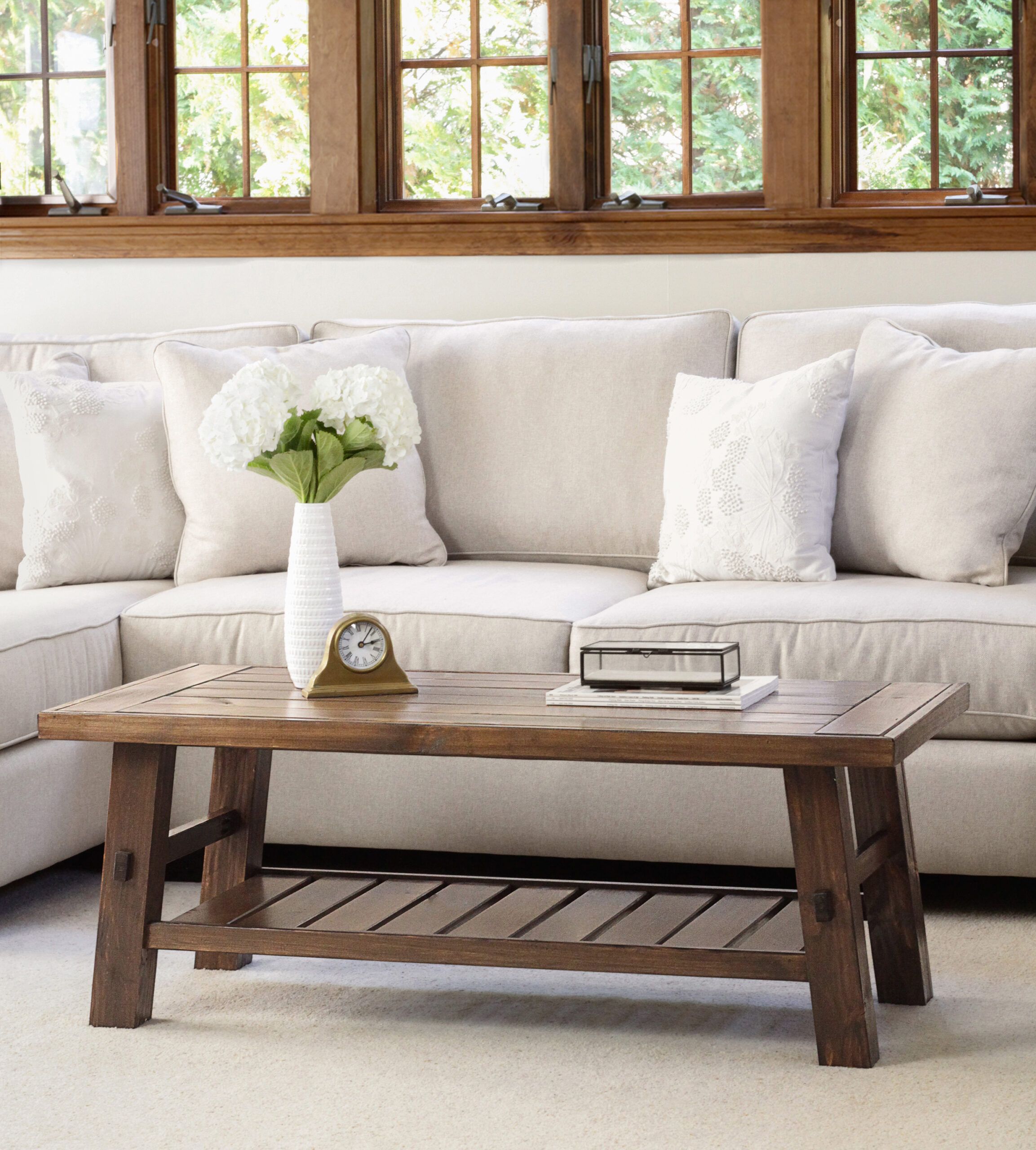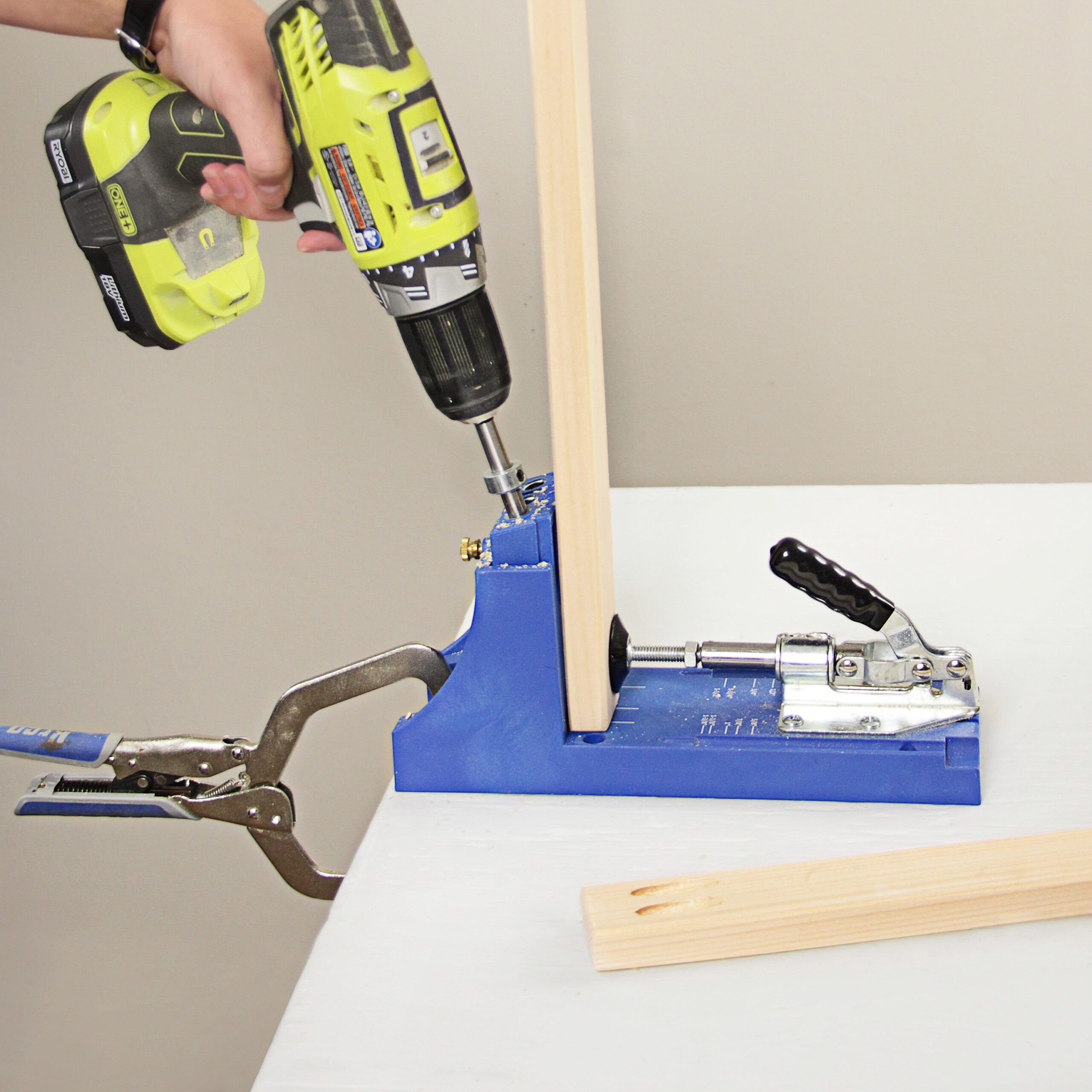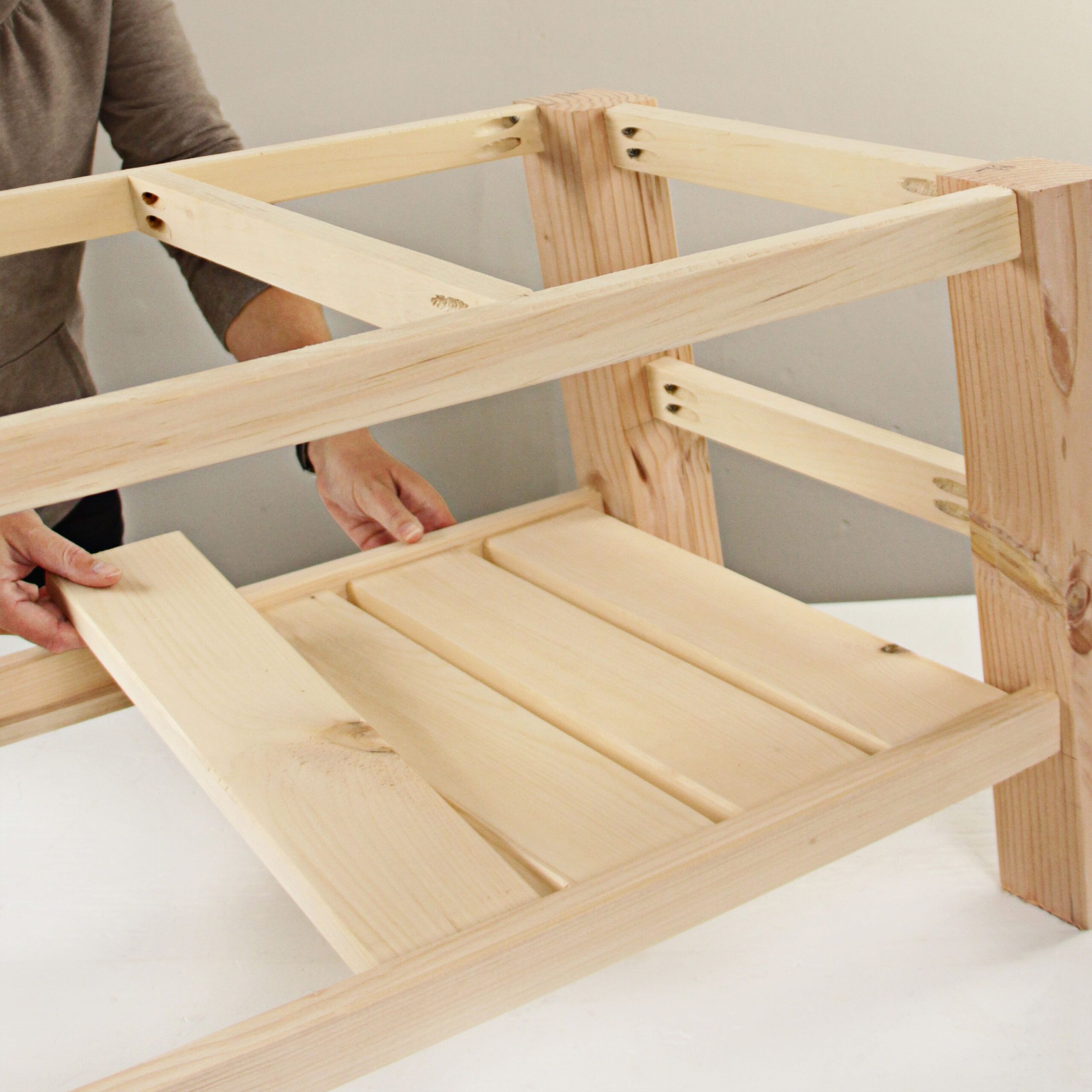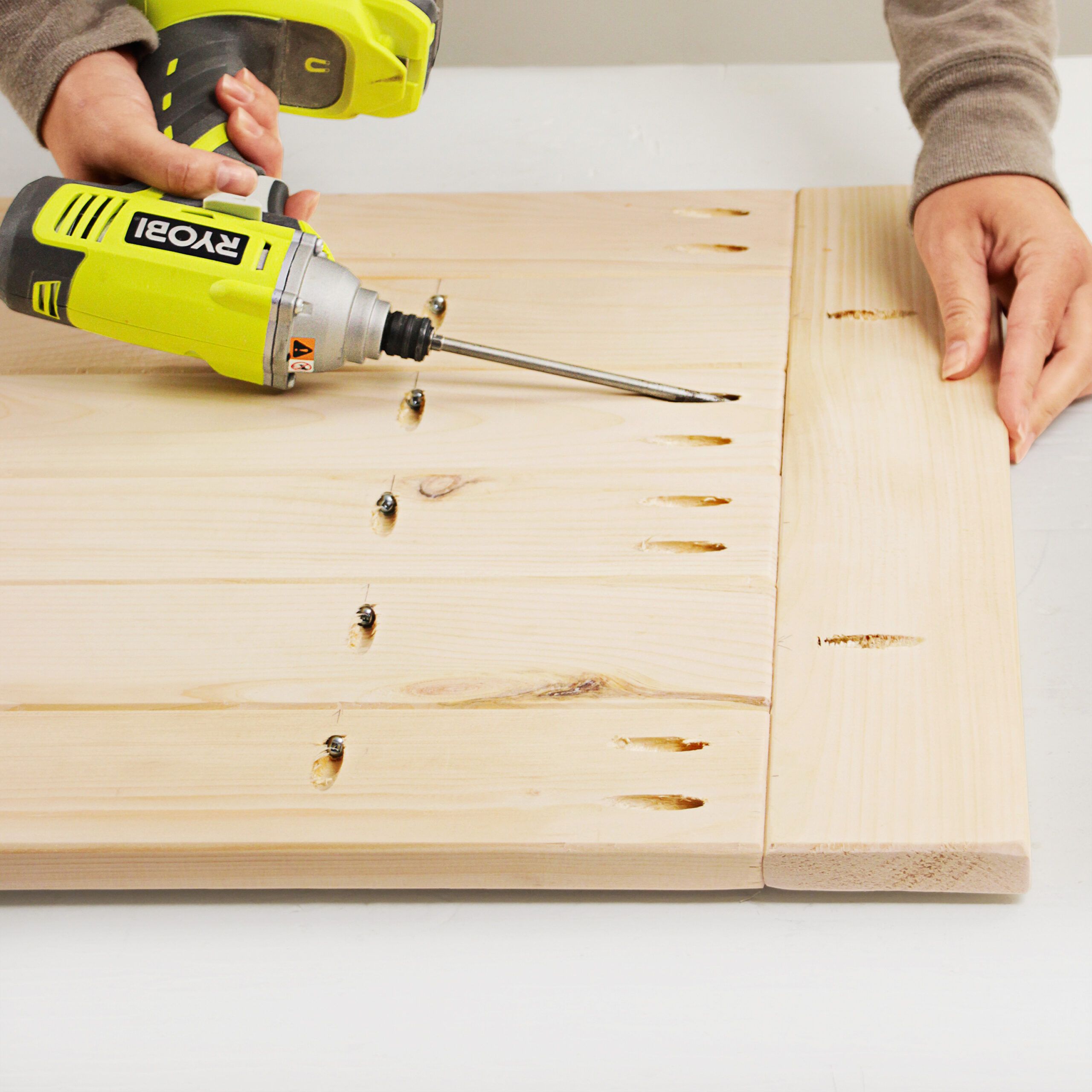
Craftsman-inspired solid wood coffee tables never go out of style. All you need is a simple joinery technique to create a beautiful, long-lasting piece of furniture.
The coffee table design we’ll build in this guide comes from Build-Basic blogger Jenn Largesse. It uses No. 2 pine lumber, splayed legs, faux-tenon details, and faux-breadboard ends to look sleek and advanced. Find detailed step-by-step plans, plus a cut list, at build-basic.com.
Essential Tools and Materials
Before you start, gather the tools and materials for the project.
Required Tools
To complete this project, you’ll need the following tools:
- Clamps
- Drill
- Measuring tape
- Miter saw
- Pencil
- Pocket-hole jig
- Safety gear (goggles, dust mask, hearing protection)
- Sander
Necessary Materials
Prepare these materials before starting your build:
- 1 1/4-inch pocket screws
- Pine boards (or your chosen wood)
- Protective finish
- Sandpaper (various grits)
- Stain or paint (optional)
- Wood glue
Consider using scrap wood for prototypes or test cuts. By making a few practice measurements and cuts, the actual project will be far more hassle-free.
Preparing Your Materials for Building a Coffee Table

Cut all the pieces except for the trim to length with a miter or table saw. Use a pocket-hole jig to drill angled holes for the 1 ¼-inch pocket screws that hold the table’s components together.
Building the Table Base

The base of your coffee table sets the foundation for your design. Glue and pocket-screw the legs, rails, and crosspieces. Attach the faux-tenon blocks following the angle of the legs. Set the 1×4 slays on the shelf cleats with a ½-inch gap between them and glue them to secure.
Adding the Tabletop

Now comes the time to add the tabletop. You’ll want the surface to be as smooth and attractive as possible, so pay close attention to how you arrange and fasten the boards together in this step.
Arrange the boards lengthwise, then glue and pocket-screw the edges together. Glue and fasten perpendicular faux breadboards at each end, then add trim with a frame of mitered 1x2s.
Use figure-8 fasteners to attach the tabletop to the base. These fasteners allow the wood to expand and contract naturally with the surrounding humidity.
Finishing Touches
Proper finishing will protect your coffee table and help it fit better with the rest of your living room. Begin by sanding the entire table. Start with coarse grit, then move to progressively finer grits for a smooth finish.
If you’re painting your coffee table, add your topcoat according to the manufacturer’s instructions.
If you’re staining the table, apply it according to the directions and let it dry completely. Then, apply a polyurethane finish to protect the table against moisture and wear. For the best results, use thin coats, sanding lightly between each one.
Tips for Customization of Your Coffee Table
Personalize your coffee table to suit your style and needs.
Adjusting Height
If you prefer a taller or shorter table, adjust the leg length accordingly. However, you should keep proper proportions with the tabletop size. Test different heights with temporary supports before you make your final cuts.
Modifying the Design
Consider adding a lower shelf for storage, changing the leg style, or experimenting with different trim styles to make your table your own. You can even incorporate elements like small bookcases to create a unique hybrid piece.
